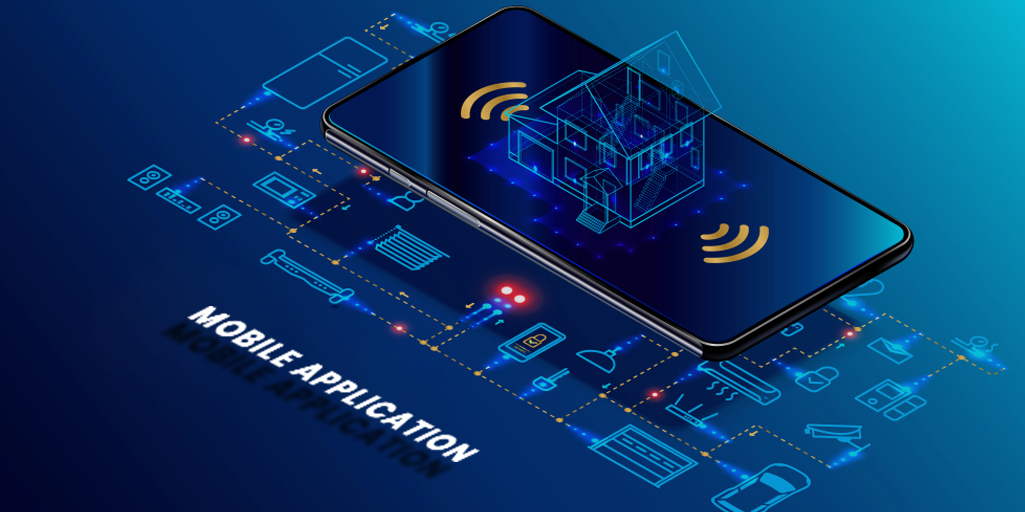Understanding Screen Sizes and Densities
Importance of Responsive Layouts
Different Screen Sizes and Densities
Challenges in Designing for Multiple Devices
Designing Responsive Layouts in Android Studio
Using ConstraintLayout
Utilizing Dimensions and Resources
Creat Layout Variants
- Utilize ConstraintLayout to create flexible, responsive, and adaptive layouts that adapt to different screen sizes and resolutions.
- Implement dimensions and resources effectively, ensuring elements scale appropriately across various device specifications.
- Develop layout variants tailored to specific screen sizes and densities, optimizing user experience on each type of device.
- Utilize adaptive layouts to adjust the UI elements dynamically based on available screen space, delivering a consistent experience across devices.
Implementing Adaptive Layouts
- Utilize ConstraintLayout: Leverage the flexible nature of ConstraintLayout to create adaptive UI components that can automatically adjust based on available space and screen characteristics.
- Incorporate dimensions and resources: Use dimension qualifiers and resource directories to provide tailored design elements for specific device configurations, such as different layouts for landscape vs. portrait orientation.
- Implement scrollable containers: Integrate vertical scrolling containers when dealing with content that may not fit within the constraints of smaller screens, enabling seamless navigation and access to all app features.
- Leverage size classes for dynamic resizing: Utilize width size classes to define how UI components should adapt based on the available compact width of the screen, ensuring optimal presentation across diverse devices.
- Optimize for pixels per inch (PPI): Adjust image resolutions and scaling factors based on PPI values to maintain image clarity and visual appeal on high-density displays without sacrificing performance.
- Develop adaptive widget behavior: Tailor widgets such as buttons, text fields, and menus to adapt seamlessly to various screen sizes, ensuring intuitive interaction regardless of the device used.
- Test adaptive layouts across multiple devices: Validate the effectiveness of adaptive layouts by testing them on various devices with varying screen sizes, densities, and aspect ratios to ensure consistent performance and usability.
Testing for Responsiveness Across Devices
Importance of Testing
Tools for Testing Responsive Layouts
- Device Emulators: Utilize Android emulators the Android Studio provides to test your app on different virtual devices, allowing you to assess its responsiveness across various screen sizes and densities.
- Remote Device Labs: Consider using remote device testing services that provide access to a wide range of real Android devices, enabling comprehensive testing on actual hardware.
- Browser Developer Tools: Leverage the developer tools in modern browsers, such as Chrome DevTools, which offer device mode and responsive design features for testing mobile layouts directly within the browser.
- Visual Regression Testing: Implement visual regression testing tools like Selenium WebDriver or Applitools Eyes to automatically detect any visual changes in your app’s layout across various devices.
- User Scenarios Testing: Conduct user scenario testing with real users to gain insights into how the app performs in various usage scenarios and identify areas for improvement.
Strategies for Testing on Different Devices
- Utilize emulators and simulators to test your app on various virtual devices. This allows you to assess how the layout adapts to different screen sizes and densities.
- Conduct real-device testing by leveraging cloud-based testing platforms, enabling you to evaluate the responsiveness of your app on actual devices without the need for physical access to each device.
- Implement automated testing scripts using frameworks like Appium or Espresso to systematically verify the responsiveness of your app’s layout across multiple devices and screen orientations.
- Leverage user feedback and beta testing programs to gather insights from a diverse set of users using various Android devices, providing valuable input on the responsiveness and user experience of your app’s layout.
- Consider employing A/B testing methodologies to compare different layout variations on diverse device types, allowing you to identify the most effective responsive design for your target audience.








